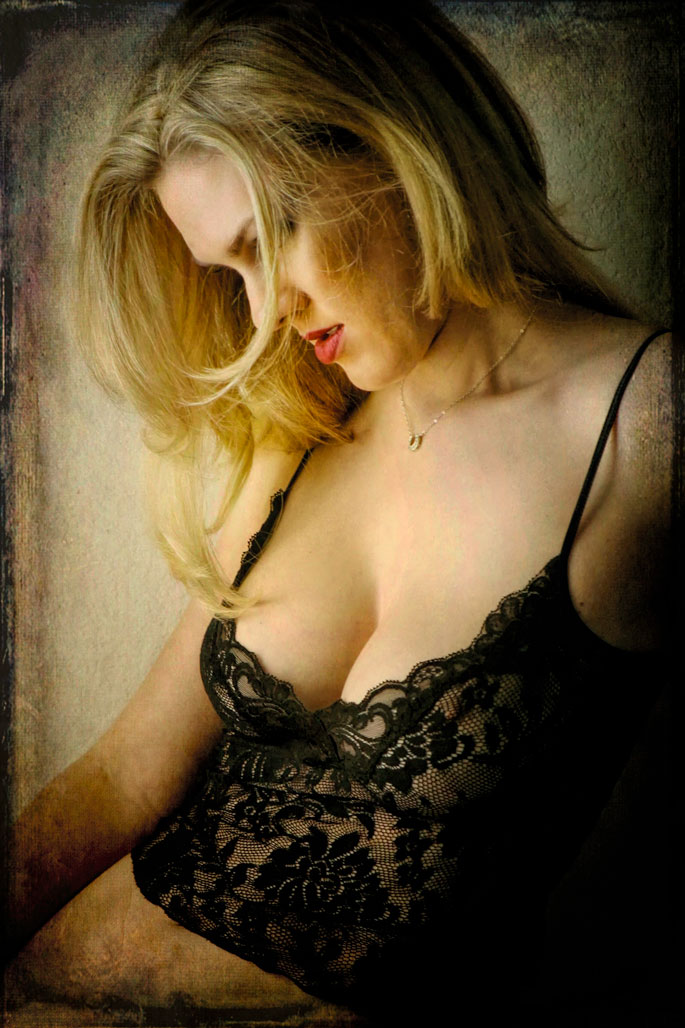Today’s Post by Joe Farace
“Never confuse the improbable with the impossible: Burke’s Law.”—Burke’s Law, 1963
 During the boom in photography magazines I also wrote for several computer magazines, but that was before the Dot Com bust decimated them too.
During the boom in photography magazines I also wrote for several computer magazines, but that was before the Dot Com bust decimated them too.
Back when I was writing for ComputerUser magazine I came up with a series of “Farace’s Laws of the Computing Universe.” I figured if Murphy could have a law and Burke’s Law* (my original inspiration for the idea) there could be Farace’s Laws as well.
When I started writing exclusively about photography, I dragged those laws along with me and they surfaced from time-to-time in my magazine articles and books and, later on, in these blog posts.
There’s an old computer adage that goes: “Garbage in, Garbage out” that’s been attributed, if not literally, to computer pioneer Charles Babbage. I think the same thing’s true for photography.
One of Farace’s laws is that “The best captured files make the best photographs.” While I don’t always shoot in RAW, I usually do under tricky lighting conditions, as when the available light portrait that featured today. Most DSLRs and mirrorless cameras have a Histogram feature that you can use to home in on exposures while shooting. You could also use the camera’s auto bracket control or, if all else fails, put the camera in Manual mode and bracket exposures for critically important photographs. Look for a new Farace’s Law this Film Friday and in my latest YouTube video on “Joe Farace’s Videos.”
How I made this shot: I photographed Zoe in the living room of my previous home using light that was coming from a long narrow window in the back of the house that acted much like a strip light. The camera used was a Canon EOS 50D with an EF 28-105mm lens with an exposure of 1/160 sec at f/5 and ISO 400. Something to keep in mind is another one of Farace’s Laws: All special effects are subject dependent. What looks great with one subject may not look so hot with another. So not only vary the subject and how you photograph it/them but be sure vary the effect to get the most out of software such as Topaz Texture Effects in Studio as I did with this portrait.